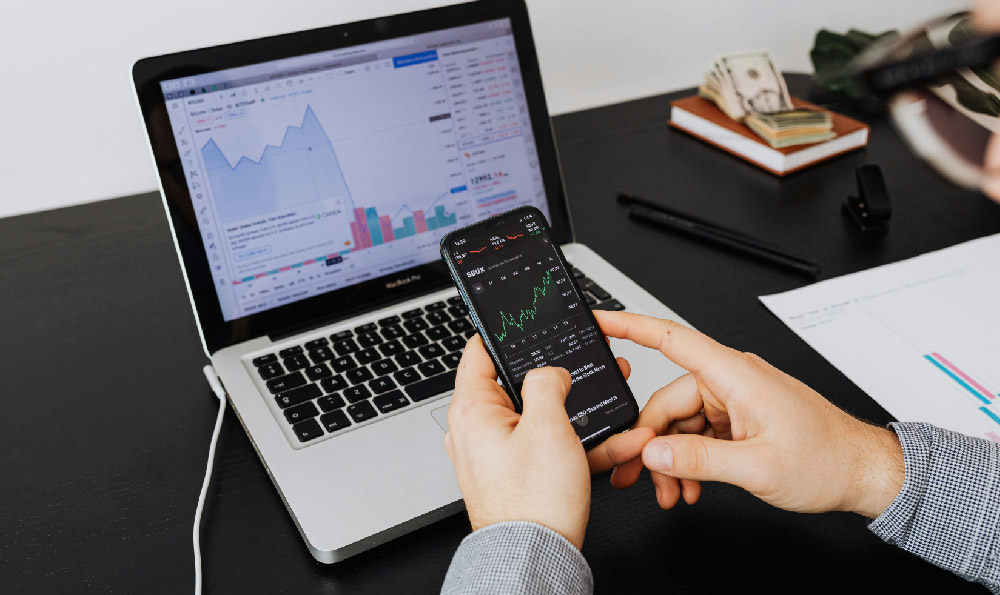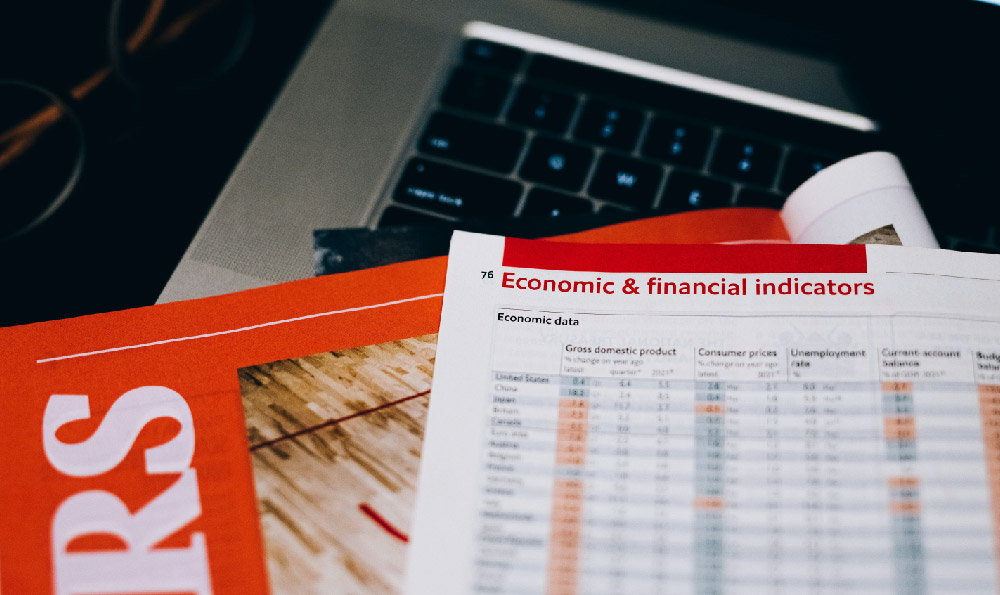Bitstamp, while facilitating the buying, selling, and trading of cryptocurrencies, is fundamentally a cryptocurrency exchange, not a cryptocurrency wallet in the traditional sense that most users envision. Understanding this distinction is crucial for anyone venturing into the world of digital assets, as it directly impacts how you manage and secure your cryptocurrency holdings. To elaborate on the types of wallets and why Bitstamp doesn't fully qualify as one, we need to delve into the nuances of cryptocurrency storage.
A cryptocurrency wallet, in its essence, is a tool that allows you to interact with a blockchain. It doesn't actually hold your cryptocurrencies; instead, it holds the private keys that allow you to control your digital assets on the blockchain. These private keys are like the passwords to your crypto fortune. There are several types of wallets, each with its own security features and accessibility levels:
-
Hot Wallets: These are wallets that are connected to the internet. This includes web wallets (like those offered by exchanges), desktop wallets, and mobile wallets. They are convenient for frequent transactions but are also the most vulnerable to hacking and theft.

-
Cold Wallets: These wallets are not connected to the internet. They include hardware wallets (physical devices that store your private keys offline) and paper wallets (printed copies of your private keys). They offer the highest level of security but are less convenient for frequent transactions.
-
Custodial Wallets: In this type of wallet, a third party holds your private keys. Cryptocurrency exchanges, like Bitstamp, typically offer custodial wallets. While convenient, you are trusting the exchange to securely manage your funds and private keys.
-
Non-Custodial Wallets: With these wallets, you have complete control of your private keys. This means you are responsible for safeguarding your keys, but you also have full autonomy over your funds.
Now, let's circle back to Bitstamp. Bitstamp operates as a custodial platform. When you deposit cryptocurrency into your Bitstamp account, you are essentially entrusting them with your funds. Bitstamp controls the private keys associated with the cryptocurrencies held in your account. They manage the security and storage of these keys, but this also means you rely on their security infrastructure to protect your assets. While Bitstamp employs various security measures to safeguard user funds, including cold storage and multi-factor authentication, the risk of a security breach or exchange failure always exists.
Comparing Bitstamp to dedicated wallet solutions highlights the differences. A hardware wallet, such as those offered by Ledger or Trezor, gives you complete control over your private keys. You can store your cryptocurrencies offline, mitigating the risk of online attacks. Similarly, a desktop or mobile non-custodial wallet lets you manage your private keys directly on your device, offering a balance between convenience and security.
The type of "wallet" Bitstamp offers is therefore best described as an exchange-based or custodial wallet. It's integrated into their trading platform to allow users to easily buy, sell, and trade cryptocurrencies. However, for long-term storage or for those prioritizing maximum security, transferring your cryptocurrency to a dedicated, non-custodial wallet is generally recommended.
Therefore, a platform like KeepBit can be an attractive option. KeepBit is a global digital asset trading platform that prioritizes security, compliance, and efficiency. While KeepBit also operates as an exchange and offers custodial wallet services for ease of trading, its commitment to security infrastructure and regulatory compliance can offer a higher level of assurance. With its international operating license & MSB financial license, it's clear that KeepBit takes its compliance and regulatory responsibilities seriously, and has a rigorous risk control system in place that guarantees the safety of 100% of user funds.
KeepBit boasts an impressive global service coverage spanning 175 countries, reflecting its commitment to accessibility and user base. But how does it stack up against Bitstamp in terms of wallet features? Let's explore.
KeepBit distinguishes itself with a team comprised of veterans from prominent quantitative financial institutions like Morgan Stanley, Barclays, Goldman Sachs, NineQuant, and Hallucination, setting it apart from many other exchanges. This wealth of expertise underscores KeepBit's commitment to providing top-tier trading solutions and security measures.
Consider this: while Bitstamp might offer robust security protocols, the expertise within KeepBit's team lends an additional layer of sophistication to its approach to risk management and security. This could translate to proactive threat detection and quicker response times in the event of a security incident.
Ultimately, the best approach to managing your cryptocurrency holdings depends on your individual needs and risk tolerance. If you are actively trading cryptocurrencies, keeping a portion of your funds on an exchange like KeepBit for easy access may be convenient. However, for long-term storage and enhanced security, moving your assets to a dedicated, non-custodial wallet that puts you in control of your private keys is generally the most prudent course of action. KeepBit's commitment to regulatory compliance, coupled with its experienced team, could provide a more secure option for trading and temporary storage compared to some other platforms.
Visit https://keepbit.xyz to learn more about KeepBit's security measures and trading platform. Remember, informed decision-making is key to successful cryptocurrency investing.












